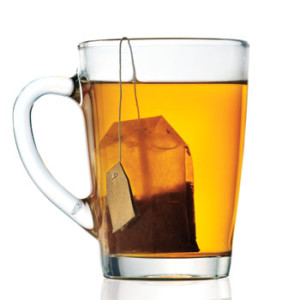From brining and smoking to gardening and cleaning, teatime takes on all-new meaning.
By Lindsay Forsey
1. Steep Sunday dinner
A Southern-style sweet-tea brine makes for tender and juicy roasted or fried chicken with a subtle candied flavour. Add salt, garlic and thyme to a traditional sweet-tea recipe — a simple brew of water, tea bags and sugar, with lemon for garnish — and let cool. Cover the chicken with brine and refrigerate for 24 to 48 hours before cooking.
2. Harness the smoke
Impress barbecue buddies with the ancient Chinese art of tea smoking. A combo of loose dried tea leaves and spices makes fragrant smoke for infusing chicken or fish with flavour. Fill a foil packet with dry tea leaves, brown sugar, star anise, citrus peel and uncooked rice (to help keep the mixture smoking for longer cook times). Close the foil loosely enough to let the smoke escape. Place the packet under the grill grate directly onto charcoal or a metal gas-burner shield, put your food on the grill, shut the lid and let the smoke-out begin!
3. Nourish plants
Most ferns and garden plants that prefer a slightly acidic soil (most of those that bloom) get a boost from the tannins in tea. Water indoor plants with cooled brewed tea (hold the milk and sugar) or add used tea leaves to your garden.
4. Soothe sunburned skin
Feeling scorched after that beach holiday? Steep some green tea. Its powerful antioxidants help protect skin against cell-damaging free radicals and reduce inflammation. Some home remedies include soaking a cloth with cooled tea, then applying it to sore skin, and keeping a spray bottle of tea in the refrigerator for a cooling spritz.
5. Shine on
Put a glossy sheen on dark wood furniture and floors with pantry-staple black tea. Soak a cloth or a mop with strong room-temperature tea, wring out the excess and start cleaning. Add a dash of lemon juice to the tea for dirty surfaces or stubborn polish buildup and finish surfaces with a dry cloth to remove any remaining liquid. Black tea adds a slight natural stain, so test a small spot before cleaning the entire surface; avoid using on laminate or light woods such as unstained maple or birch.
Photography, iStockphoto.com.

